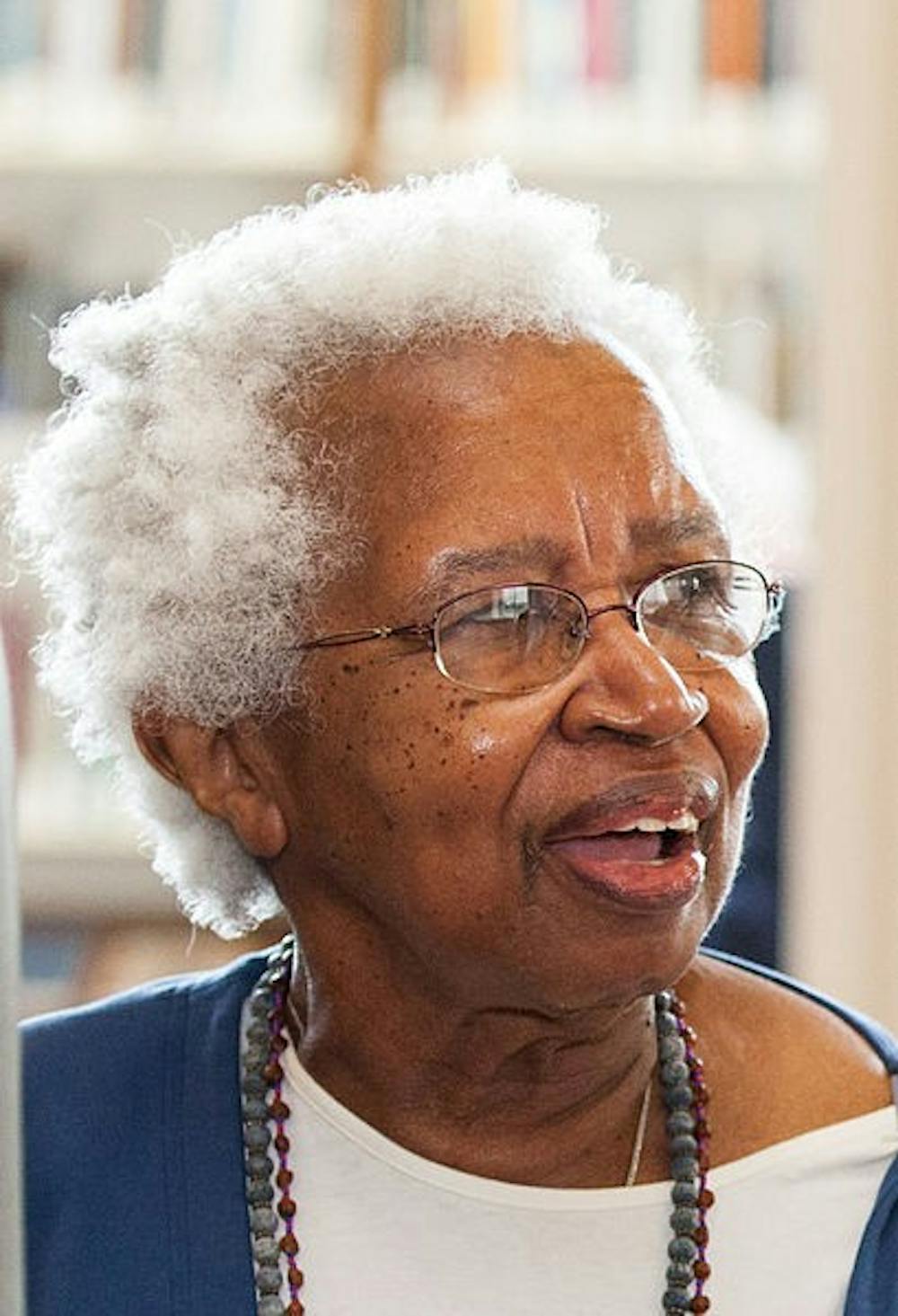
A 2015 study from the Harvard Business Review found that nearly half of African-American and Latina women in U.S. STEM careers reported being confused for administrative or janitorial staff.
In its 2017 survey of women of color working in astronomy and planetary sciences, the Journal of Geophysical Research: Planets showed that 40 percent of respondents felt unsafe at work because of their gender or sex, with 30 percent reporting feeling unsafe because of their race.
The 2017 Women, Minorities, and Persons with Disabilities in Science and Engineering report from the National Science Foundation found that the percentage of African-American women earning bachelor’s degrees in computer science has actually declined from 1995 to 2014.
Despite the challenges facing women of color in STEM today, numerous reports have demonstrated the benefits of diversity in the workplace. For example, a 2015 McKinsey report revealed that companies with greater racial and ethnic diversity are “35 percent more likely to have financial returns above their respective national industry medians.”
However, even when women of color in STEM accomplish extraordinary feats, their progress, experiments and lives too often go unacknowledged. To recognize the countless women of color who have silently revolutionized STEM, here is a brief list of women of color transforming STEM today:
1) Jeannette Brown — Born on May 13, 1934 Brown is an award-winning organic chemist, writer and historian. In 1956, Brown graduated from Hunter College in New York with a degree in Chemistry — one of only two African-American students in her year to do so. Two years later, Brown became the first African-American student at the University of Minnesota to earn a Master’s degree in Chemistry. Over the next several decades, Brown then worked as a researcher at CIBA Pharmaceutical and Merck.
Brown is also an advocate and author. Organizations from Hunter College to the American Chemical Society have recognized Brown’s efforts to promote underrepresented students’ access to STEM education. She has retired from the chemistry profession, but Brown has continued to raise awareness of women of color in STEM. In 2011, Brown published a book centering around the historical biographies of African-American women in chemistry, and this year, Brown penned a second book, surrounding the stories of modern African-American women chemists.
2) Nicole Hernandez Hammer — Hernandez Hammer is a scientist and environmental justice advocate. Over the years, Hernandez Hammer has concentrated on studying the relationship between cities and sea level rise. A Guatemalan immigrant of Cuban descent, Hernandez Hammer has been recognized for her dedication to researching climate change’s influence on Hispanic coastal populations. In 2015, former first lady Michelle Obama selected Hernandez Hammer to join her at the State of the Union Address.
Hernandez Hammer has stressed that her upbringing in Southern Florida sparked her interest in analyzing the interplay between climate change and Hispanic communities. In a 2015 Newsweek interview, Hernandez Hammer recalled witnessing the devastating effects of 1992’s Hurricane Andrew, which demolished local communities and her own home.
3) Nadine Caron — Caron is a physician, professor and advocate. She is also Canada’s first indigenous woman surgeon. Born in Kamloops, British Columbia, Caron earned her bachelor’s degree from Simon Fraser University in 1993, graduating at the top of her class. Caron then went on to become the first indigenous graduate of the University of British Columbia’s Faculty of Medicine.
Today, Caron’s research centers around Aboriginal health. According to a 2017 University of Fraser Valley interview, Caron concentrates particularly on serving the needs of patients “in rural, remote, northern, Indigenous communities.”
Her additional accomplishments include chairing the British Columbia Medical Association’s Committee on Aboriginal Health, co-directing the University of British Columbia’s Centre for Excellence in Indigenous Health and working as an associate faculty member at the Hopkins Center for American Indian Health.
4) Flossie Wong-Staal — Wong-Staal is a biologist and virologist. She remains one of the top authorities on the study of human immunodeficiency virus (HIV). Born in China in 1947, Wong-Staal fled with her family to Hong Kong following the Communist Revolution. When she was just 13 years old, Wong-Staal enrolled at the University of California Los Angeles, becoming the first woman in her family to attend college.
Several years later, Wong-Staal became the first scientist to clone HIV. Then in the early 1980s, along with a team of researchers, Wong-Staal determined HIV was the source of AIDS. Over the years, Wong-Staal has contributed to a range of health organizations, including the National Cancer Institute, the University of California San Diego Center for AIDS Research, and the Institute of Medicine of U.S. National Academies.
5) Kimberley Bryant – Bryant is a former engineer and diversity advocate, perhaps best-known for her role as founder of Black Girls Code (BGC), a nonprofit organization dedicated to expanding representation of women of color in STEM.
While BGC’s impacts now extend nationally and internationally, it was Bryant’s personal frustration with the lack of diversity in her daughter’s STEM education that prompted her to start the group. Bryant made BGC her full-time job in 2011. Today, BCG teaches thousands of girls of color about technology and coding through its various workshops and programs.
Under Bryant’s leadership, BCG’s partners have continued to expand. The organization’s list of supporters now includes companies like Google, Adobe, and Capital One. Bryant’s present objective is to continue developing BGC, in hopes of reaching 1 million girls of color by 2040.





